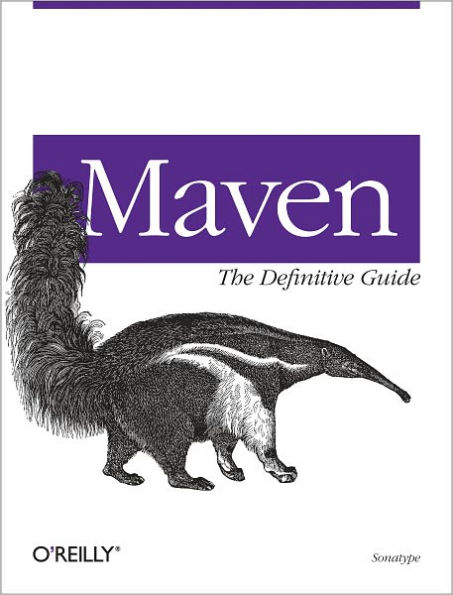For too long, developers have worked on disorganized application projects, where every part seemed to have its own build system, and no common repository existed for information about the state of the project. Now there's help. The long-awaited official documentation to Maven is here.
Written by Maven creator Jason Van Zyl and his team at Sonatype, Maven: The Definitive Guide clearly explains how this tool can bring order to your software development projects. Maven is largely replacing Ant as the build tool of choice for large open source Java projects because, unlike Ant, Maven is also a project management tool that can run reports, generate a project website, and facilitate communication among members of a working team.
To use Maven, everything you need to know is in this guide. The first part demonstrates the tool's capabilities through the development, from ideation to deployment, of several sample applications -- a simple software development project, a simple web application, a multi-module project, and a multi-module enterprise project.
The second part offers a complete reference guide that includes:
- The POM and Project Relationships
- The Build Lifecycle
- Plugins
- Project website generation
- Advanced site generation
- Reporting
- Properties
- Build Profiles
- The Maven Repository
- Team Collaboration
- Writing Plugins
- IDEs such as Eclipse, IntelliJ, ands NetBeans
- Using and creating assemblies
- Developing with Maven Archetypes
Several sources for Maven have appeared online for some time, but nothing served as an introduction and comprehensive reference guide to this tool -- until now. Maven: The Definitive Guide is the ideal book to help you manage development projects for software, web applications, and enterprise applications. And it comes straight from the source.
For too long, developers have worked on disorganized application projects, where every part seemed to have its own build system, and no common repository existed for information about the state of the project. Now there's help. The long-awaited official documentation to Maven is here.
Written by Maven creator Jason Van Zyl and his team at Sonatype, Maven: The Definitive Guide clearly explains how this tool can bring order to your software development projects. Maven is largely replacing Ant as the build tool of choice for large open source Java projects because, unlike Ant, Maven is also a project management tool that can run reports, generate a project website, and facilitate communication among members of a working team.
To use Maven, everything you need to know is in this guide. The first part demonstrates the tool's capabilities through the development, from ideation to deployment, of several sample applications -- a simple software development project, a simple web application, a multi-module project, and a multi-module enterprise project.
The second part offers a complete reference guide that includes:
- The POM and Project Relationships
- The Build Lifecycle
- Plugins
- Project website generation
- Advanced site generation
- Reporting
- Properties
- Build Profiles
- The Maven Repository
- Team Collaboration
- Writing Plugins
- IDEs such as Eclipse, IntelliJ, ands NetBeans
- Using and creating assemblies
- Developing with Maven Archetypes
Several sources for Maven have appeared online for some time, but nothing served as an introduction and comprehensive reference guide to this tool -- until now. Maven: The Definitive Guide is the ideal book to help you manage development projects for software, web applications, and enterprise applications. And it comes straight from the source.

Maven: The Definitive Guide: The Definitive Guide
470
Maven: The Definitive Guide: The Definitive Guide
470
Product Details
| ISBN-13: | 9780596551780 |
|---|---|
| Publisher: | O'Reilly Media, Incorporated |
| Publication date: | 09/24/2008 |
| Sold by: | Barnes & Noble |
| Format: | eBook |
| Pages: | 470 |
| File size: | 8 MB |
